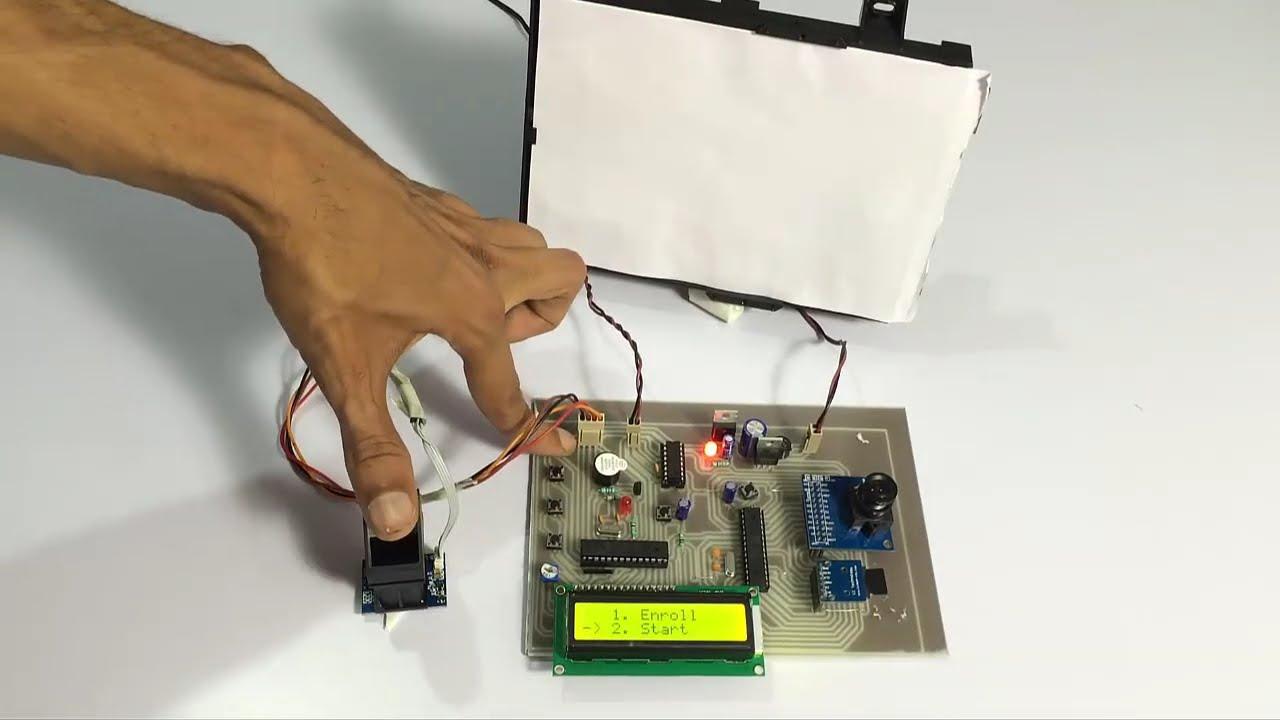
In today's world, security is a top priority, especially when it comes to safeguarding valuable assets. The Bank Locker System integrated with Embedded Systems offers a cutting-edge solution to ensure the protection and management of customer lockers in banks. This advanced system utilizes a combination of hardware and software to monitor, control, and securely manage access to lockers, offering both convenience and enhanced security for the bank's customers.

An Embedded System is a specialized computer designed to perform dedicated functions or tasks within a larger system. It typically consists of a microcontroller, sensors, actuators, and software to execute predefined tasks. Embedded systems are known for their reliability, efficiency, and real-time processing capabilities, making them ideal for security applications.
User Authentication
Embedded Hardware Components
Secure Communication and Data Logging
Remote Monitoring
Emergency Features
Enhanced Security: The integration of biometric authentication, motion sensors, and secure communication channels makes the system highly secure against unauthorized access, reducing the risk of theft or fraud.
Automation and Convenience: Embedded systems enable automatic locking and unlocking of lockers, minimizing the need for human intervention. Customers can access their lockers at any time, making the system more convenient.
Scalability: The system can be easily scaled to accommodate more lockers or additional branches by simply integrating new components without major redesigns.
Real-Time Monitoring: Banks can monitor locker activities in real-time, ensuring quick intervention in case of any unusual behavior or security threats.
Audit Trails: The system provides a detailed log of access activities, which can be crucial for audits and investigations in case of security incidents.
Reduced Operational Costs: With automation and remote monitoring, the bank can save on staffing and reduce human errors, leading to more efficient operations.
The Bank Locker System powered by Embedded Systems is an innovative and secure solution that enhances customer trust and satisfaction while ensuring the safety of their valuables. The system's ability to combine high-tech security measures with user-friendly features makes it a game-changer for modern banks. As technology continues to evolve, such systems will play an even greater role in shaping the future of secure banking services.
For more information about how our company can implement such embedded system solutions for your bank, feel free to reach out. We specialize in providing tailored security solutions to meet your specific needs.